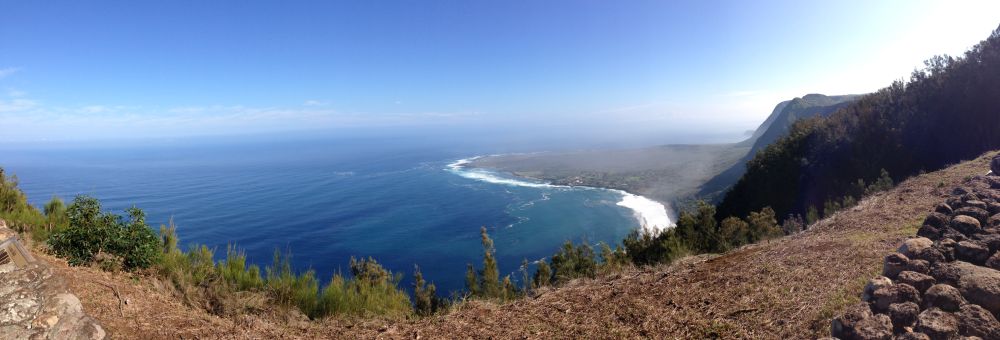
Molokai Day 3 – Kalaupapa Peninsula and Pala’au State Park
For the third and final day of our Family of Five’s Journey to Molokai, we planned an unhurried trip to what is in many ways the heart and soul of the Friendly Isle. A visit to Molokai is not complete without visiting the Kalaupapa Peninsula or at least spending time at the lookout to contemplate its history. Our family left the vacation condo at Molokai Shores and drove north on Kalae Highway for about 20 minutes before arriving at Pala’au State Park and Kalaupapa Lookout. A paved trail led us through a forest of towering Ironwood trees before opening up to a spectacular view.
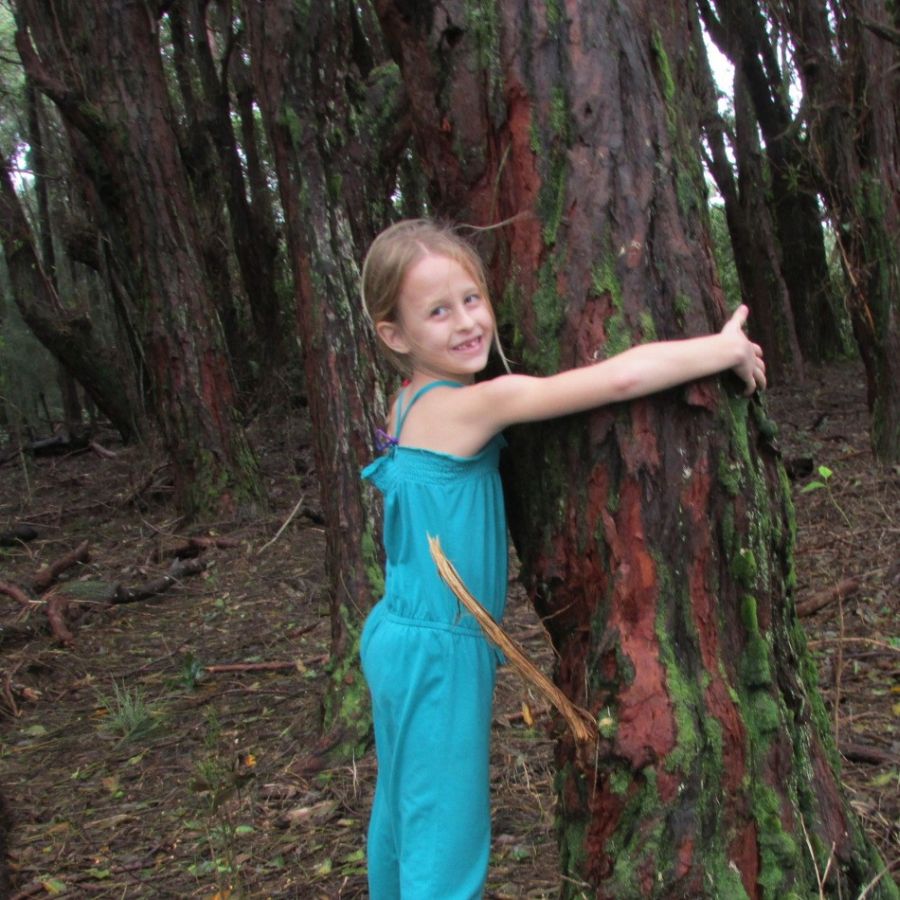
Kalaupapa means “Flat Plain”, and it is indeed a very flat peninsula lying at the foot of 2000 feet tall vertical cliffs of the Molokai’s north shore. Looking from the edge of those cliffs down to the ocean and the largely untouched northernmost point of Molokai was awe-inspiring. An understanding of the historical, cultural, and spiritual significance of Kalaupapa as we gazed down on it, made the experience undeniably memorable. Before embarking on this trip to Molokai, my daughters and I researched online and at our local library. We read about natural history and land use of the island but we focused mostly on Kalaupapa and Father Damien’s touching life story.
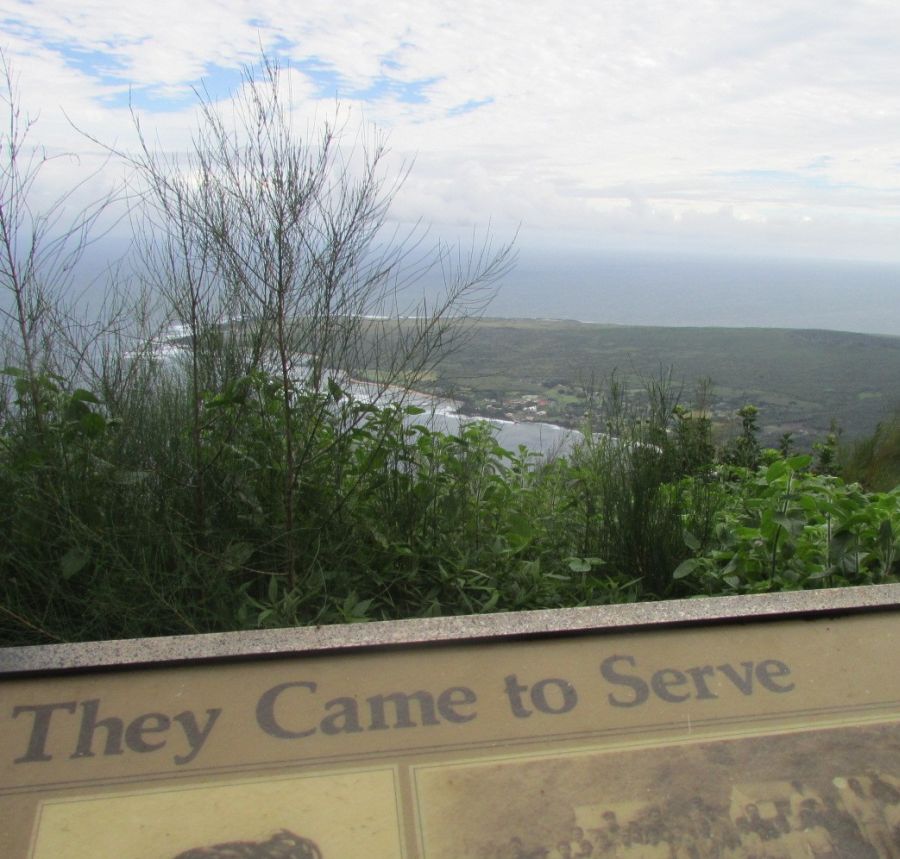
Kalaupapa and Father Damien
Early Hawaiians used the Kalaupapa Peninsula for farming and fishing. They built sacred heiaus out of stones and made offerings there. Cut-off from the rest of the island by high sea cliffs, this area became the sight for a government-ordered colony of patients suffering from leprosy, or Hansen ’s disease, starting in 1866, under the reign of King Kamehameha V. Total isolation for these patients was determined to be necessary due to the rapid spread of the disease and the lack of any known cure. From 1866 through 1969, a total of about 8,000 Hawaiians were sent to the Kalaupapa Peninsula for medical quarantine.
When the first patients were brought in by ship, there were no amenities. They found shelter in caves and rough shacks. Potable water, more than just a few supplies of food, and medication were not provided. In 1873, Father Damien De Veuster, age 33, arrived in Kalaupapa. He was a Catholic priest from Belgium. His older brother was originally supposed to be sent on a mission to Hawaii but ultimately could not go due to sickness. Father Damien was allowed to take his place.
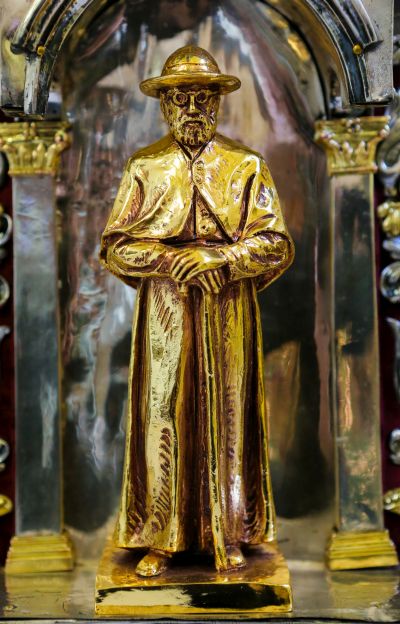
On May 10, 1873 Father Damien arrived at Kalaupapa. At the time there were a little over 800 Hansen’s disease patients living there. Father Damien served as a priest, dressed the residents’ ulcers, built a reservoir, built homes and furniture, made coffins, and dug graves. He lived with the residents and treated them very much like family. It is reported that Father Damien told the patients that despite what the outside world thought of them, they were always precious in the eyes of God.
Father Damien is given credit by some for creating a much needed change for the community. He encouraged basic laws to be enforced, housing to be improved, and schools to be established. Father Damien remained on Molokai for sixteen years. In 1884, Father Damien contracted Hansen’s disease. He died in 1889 and was buried under a tree on the settlement.
Robert Louis Stevenson called Father Damien a hero after extensive study of his life and work. Mahatma Gandhi stated that Father Damien’s life and work inspired his own social campaigns in India, leading to independence for his people and a drastically improved quality of life. Father Damien was canonized by the Catholic Church in 2009.
Even today, the isolation and struggle for existence that the Hansen ’s disease patients suffered from is observable. There are still no direct routes into the settlement. Visitors can take a guided mule ride down into Kalaupapa to see Father Damien’s grave and the original buildings. Several Hansen’s disease patients still live there. Our family did not take the tour to Kalaupapa peninsula because the minimum age is 12 years old. I found the experience of seeing the settlement from the lookout, reading the informational displays, and understanding the importance of the area to be deeply moving.
1999 movie Molokai: The Story of Father Damien is a great historical account of the Father’s Damien’s life and work in Kalaupapa. A moving and beautiful film to watch, especially before a trip to Molokai.
Exploring More of Pala’au State Park
After taking our time to appreciate the lookout, we explored the Ironwood forest off the trail. Living on Oahu for the last 18 years, we spend most of our time outdoors at the beach or in parks. Being in a real forest was appreciated by everyone, despite the wild winds whipping in from the coast.
Another path through Pala’au State Park led away from the lookout and along an unpaved trail. After following it for a few minutes, we found ourselves at the Phallic Rock, which is just as the name describes. This sacred site’s full name is Kaule O Nanahoa, meaning “the penis of Nanahoa”. Women historically and currently come to this site to present offerings to enhance their fertility. My husband and I were thankful that our young daughters didn’t ask too many questions about the Phallic Rock!
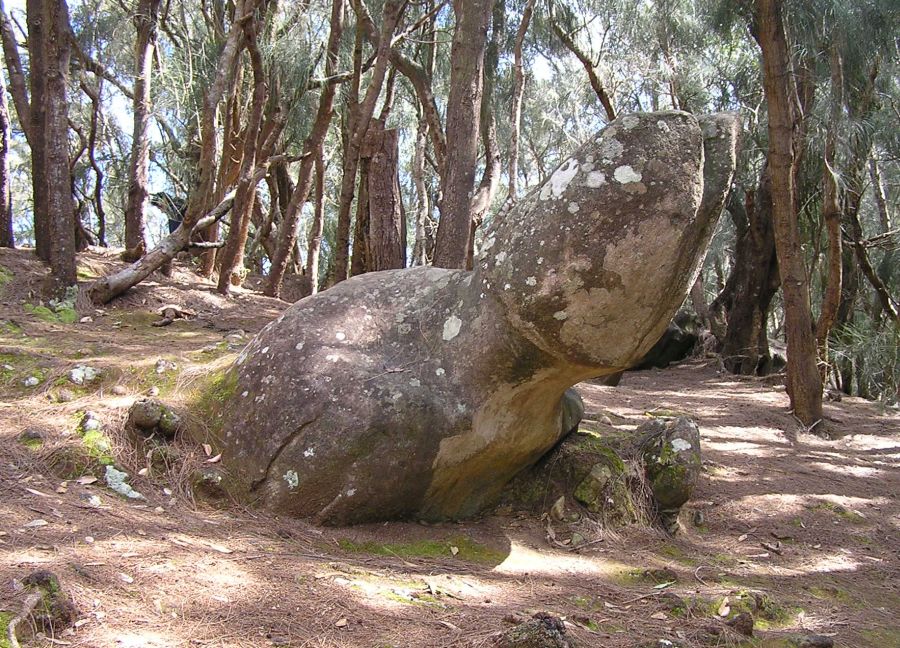
Leaving Molokai
After giving the kids a chance to work off their wigglies in the grassy area near the parking lot, we began our descent away from Kalaupapa Lookout. We were heading home. Our experience at the Molokai Airport was just as remarkably easy, friendly, and relaxed as it had been when we arrived. Our flight left about 30 minutes ahead of schedule simply because all of the passengers (just a couple besides our family of five) were there and ready to go.
As we departed Molokai and watched the beautifully tranquil Friendly Isle recede from the plane windows, I reflected on our amazingly sweet and memorable experience. We learned a little more about the culture and history of Hawaii and her people. We had a wonderful Thanksgiving meal in a vacation condo overlooking the ocean. We contemplated the struggles and sacrifices of Father Damien and the Kalaupapa settlement residents. We walked through Ironwood forest of Pala’au State park. Perhaps most importantly, we slowed down and drove on roads without traffic lights and devoid of traffic! We breathed deeply, acted spontaneously, and appreciated the aloha of Molokai, the people, and the land. We will forever be grateful for our Thanksgiving holiday trip to Molokai. We sincerely pray that it won’t be our last.
Previous: Day 2 – Dixie Maru Beach, Papohaku Beach, Halawa Valley. Checking out those high sea cliffs (with my acrophobic husband!) and the unexpected fun of completely deserted beaches.
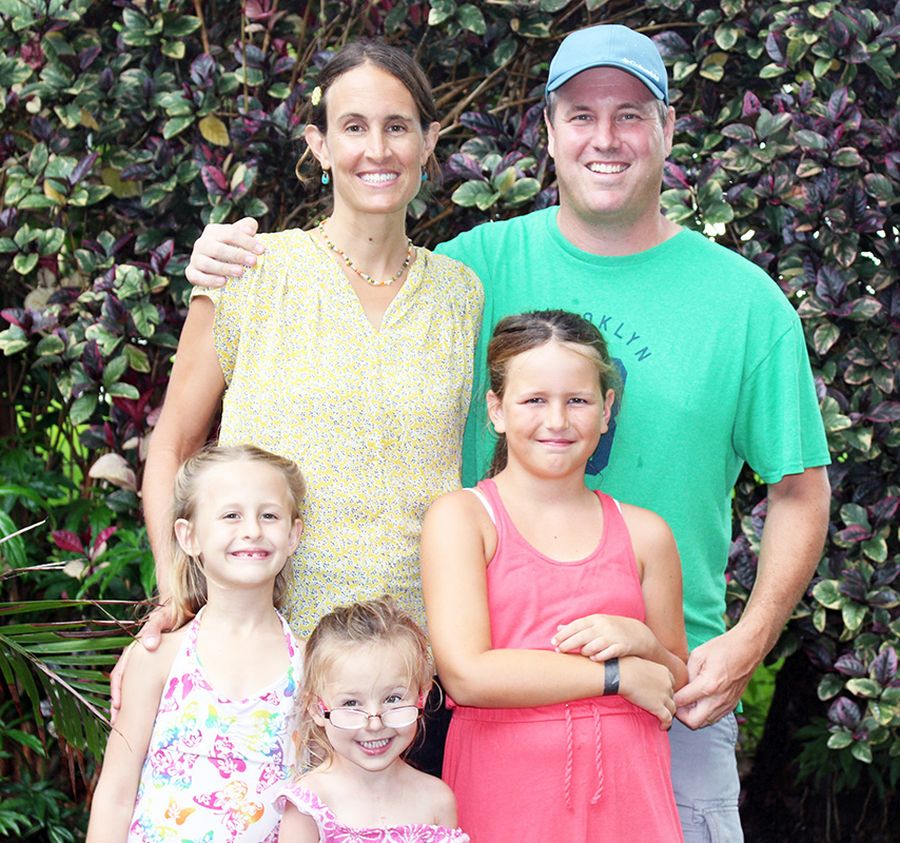








One thought on “Molokai Day 3 – Kalaupapa Peninsula and Pala’au State Park”